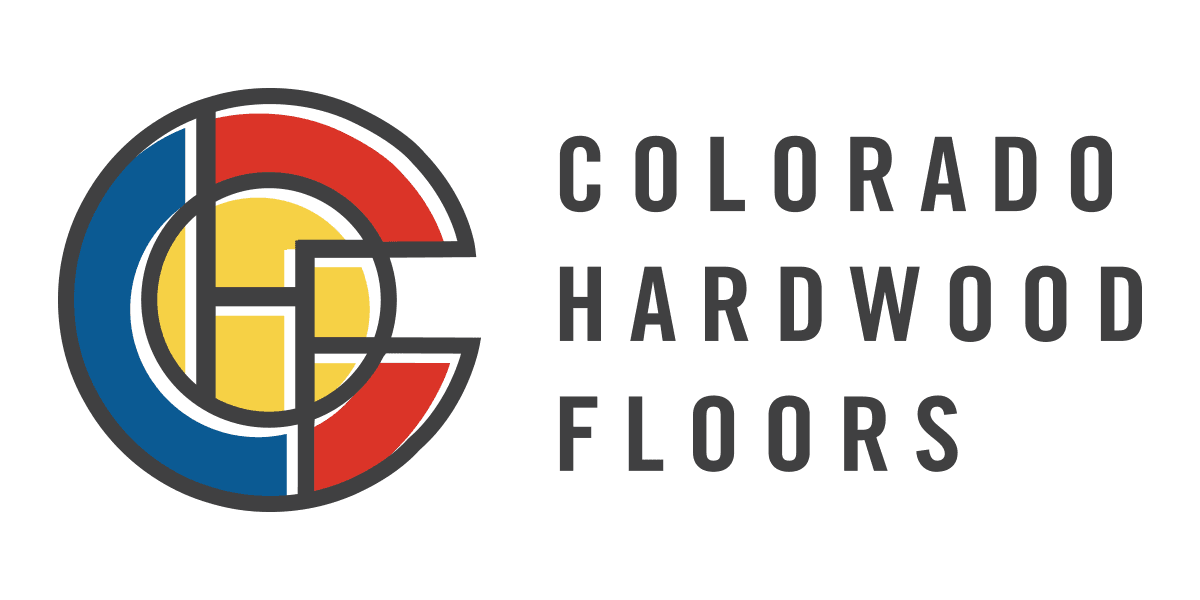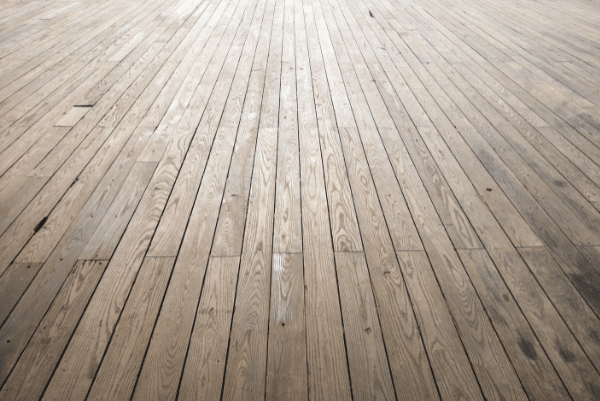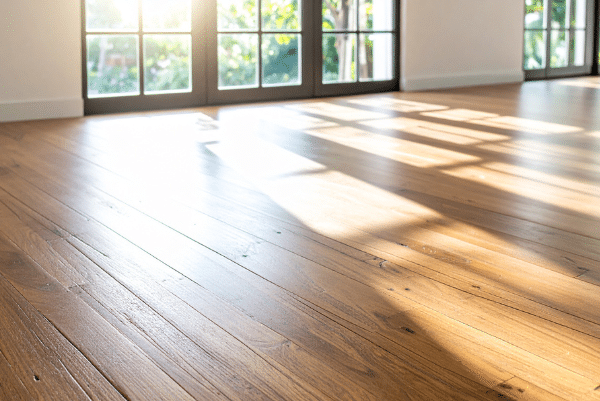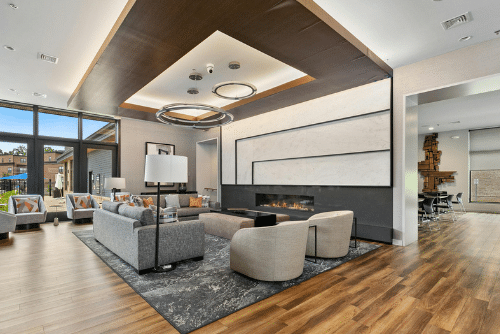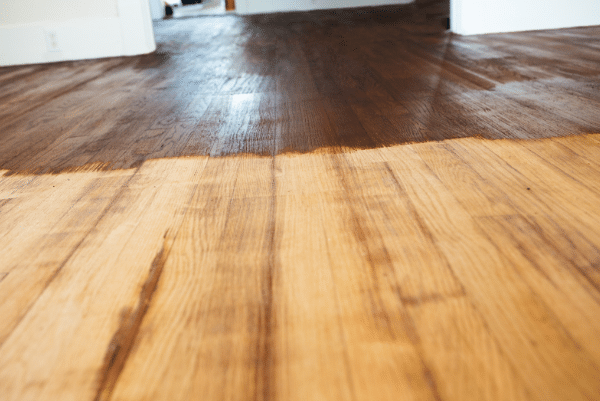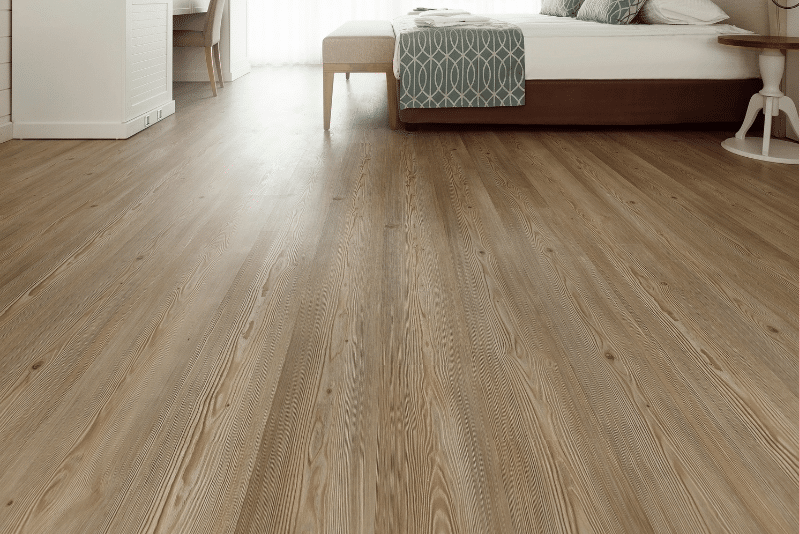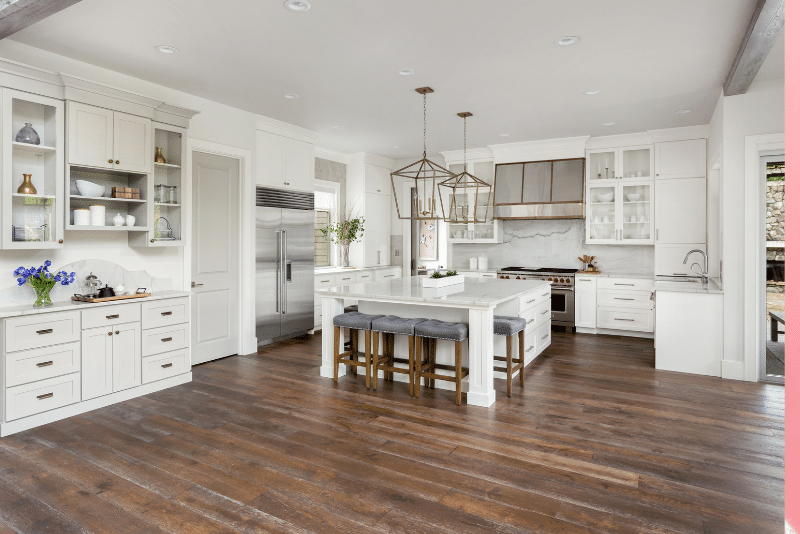Hardwood flooring is a popular flooring option across the country but especially in Georgia. Wood flooring is a great investment, appeals to almost all home buyers and is a timeless option. Over the last few years hardwood has grown even more popular with hardwoods being installed in all rooms of homes instead of just in common spaces. Two of the most common wood species used are White Oak and Red Oak. While the names sound like the only difference is the color there are actually lots of differences, some of which need a trained eye to see.
Many people assume red oak is a red hued wood and that white oak is a white hued wood but there is a lot more to the different species than just a different hue. Red oak does have a pinkish undertone and when unstained the pink can help you identify this species. Stains often cover these pink or red tones. If you leave red oak unstained you will see some of the red undertone under the stain, the red undertone is not overwhelmingly red and gives the wood a nice warmth. White oak is darker than red oak. The undertones of white oak are brown and yellow.
The two species have unique grain patterns that help people identify the woods. Many experts use grain patterns to help them identify stained woods because the woods tones and colors cannot be relied on. Red oak has a strong grain pattern and is a more porous wood than white oak. The grains in red oak are very prominent while white oak has a smoother grain pattern. The grains in white oak are finer and less pronounced. White oak is a denser wood and has a higher janka scale rating. The Janka scale measures the hardness of wood- red oak is 1290 and white oak is 1360. The grain pattern in red oak does help hide scratches and dents.
If you are installing new wood flooring into a home with no existing hardwood you can choose any species and any grade you want. When matching hardwood you will want to match both species and grade or the new floor will not blend into the old floor. Each species has its own grading rules but the main standards carry over between the different species. Different grades are determined by the characteristics of the planks including color, graining, blemishes and lengths. There are two commonly used grading systems – the NWFA grading standards and the NOFMA grading standards.
Clear is the highest grade for wood flooring and is rarely used for solid hardwood. Clear grade does not allow for much variation in the wood and has very strict rules for blemishes, defects and marks. Clear grade is seen in manufactured hardwood products. To create a clear grade solid wood floor you will need to run so many different trees into flooring and sort through the planks. This grade is not cost effective and not commonly seen on a floor.
Select is the highest grade that is commonly seen in 4. Select has some color variation between sapwood and heartwood and allows for minimal character marks. Some character marks you will see in both red oak and white oak include small knots, mineral streaks and wormholes. Select grade wood gives your floor a nice consistent look without a lot of color variation. Select wood flooring has less waste than other grades and allows for longer length planks.
First Grade is a very common option for homeowners and has more color variation that select but is still a beautiful option. First grade has more character like knots and mineral streaks and these can be larger than in select grade.
Second grade is still a pretty common option, especially for homeowners looking for a more rustic look or who like the grain patterns. The color variations can be drastics and some of the character marks can be large and very noticeable.
When choosing between red and white oak you are getting very comparable products in quality. The choice to use one of the other often comes down to aesthetics. White grain gives a more uniform look while red oak has beautiful grain patterns and character. No matter which you choose, both are great quality floors that will last years to come. The grade you choose is up to you and what level of character you are looking for in your floor. Ridgeline can help with the selection process and show you examples of different grades of each species.
